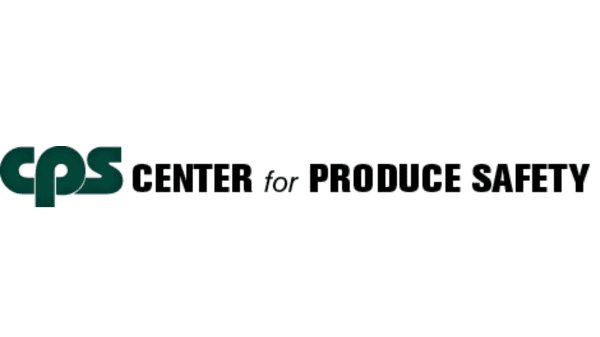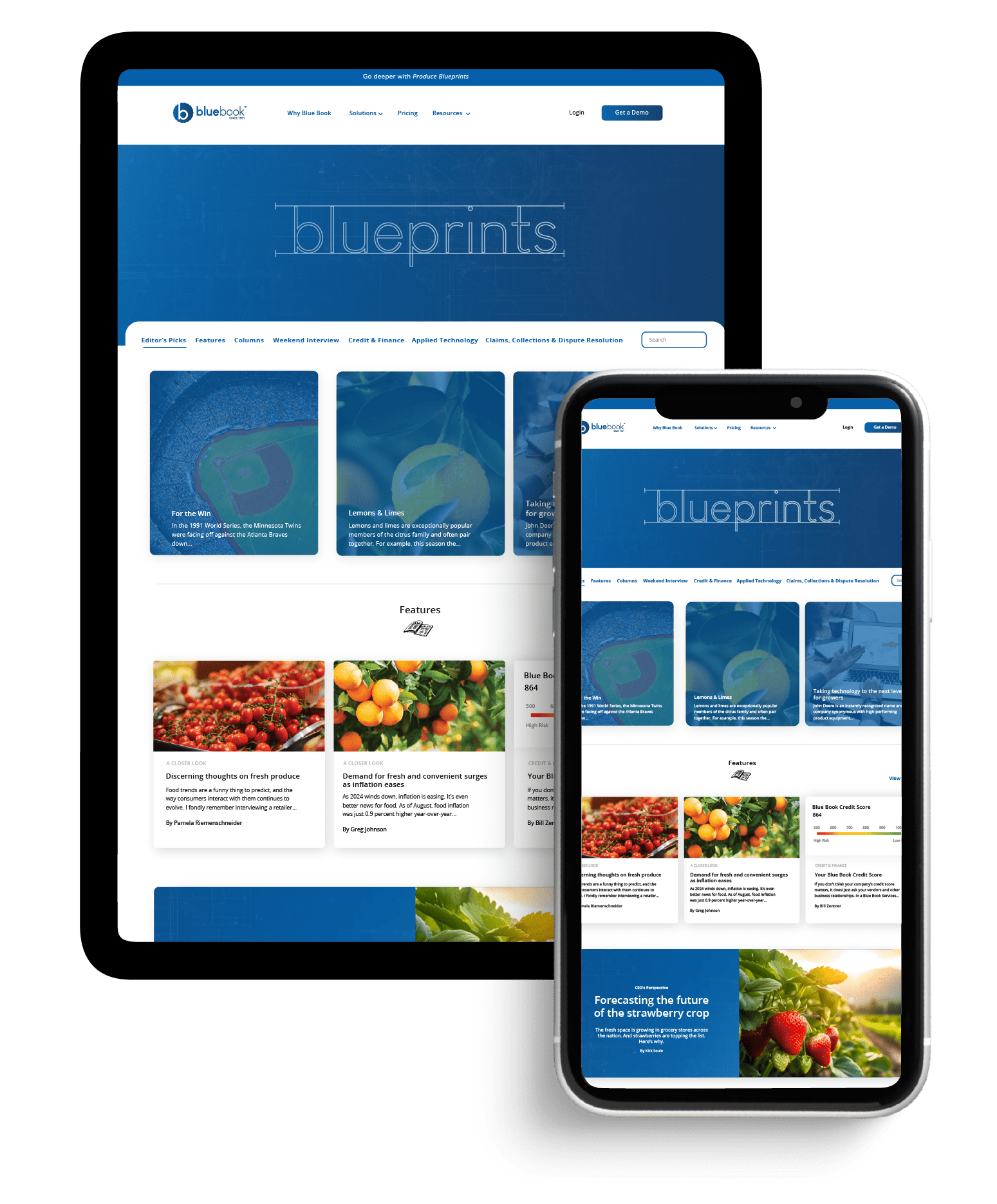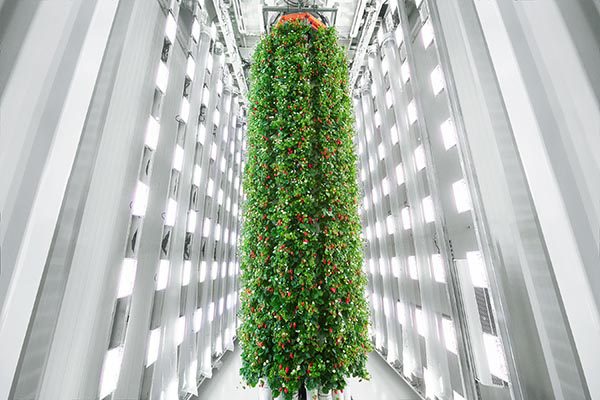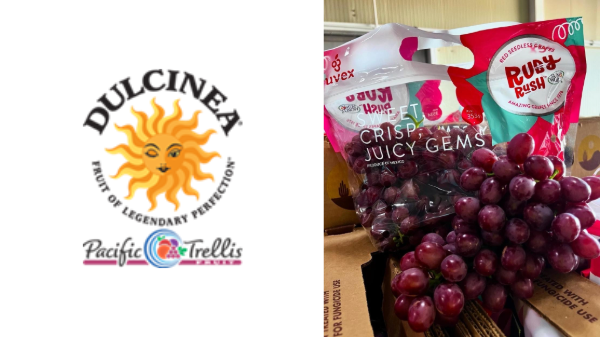
Center for Produce Safety BB #:339618 Research Report
• Research focuses on food-grade bio-based coatings that can be combined with a chlorine sanitizer.
• Coatings would be easily applied to harvest equipment after sanitation and reapplied after each cycle.
• The project will include a cost analysis, because measures that are more cost-effective tend to be adopted more readily.
March 30, 2022 – Nitin Nitin, Ph.D., with the University of California, Davis, doesn’t want to reinvent the wheel when it comes to ways to minimize potential pathogen cross-contamination with produce.
As a result, he is leading research into food-grade bio-based coatings charged with a common sanitizer that could be applied to harvest surfaces, such as knives or conveyors.
“They could be easily deposited, used for an extended period of time and then redeposited,” he said. “We’re trying to develop a coating that could be deposited after every sanitation cycle. We’re not planning for these coatings to be permanent.”
Nitin said he and colleagues are looking at materials that were already approved for food processing facilities and that could be applied using existing equipment.
As part of the project, titled “Bio-based antimicrobial coatings for reducing risk of cross-contamination during harvesting,” they plan to conduct a cost analysis. Measures that are more economical tend to be adopted more readily, he said.
“Like anything else, with food safety I think cost is a relatively important aspect,” Nitin said. “We definitely want our food to be safe, but we also want the approach to be cost-effective for the industry to deploy them.”
Joining him are co-principal investigators Glenn Young, Ph.D., and Gang Sun, Ph.D., both with UC Davis.
Young is a food safety microbiologist and has provided advice on assays, Nitin said. Sun is a materials scientist and brings expertise in developing protein-based coatings.
Nitin said they decided to focus on surfaces that come in contact with produce during harvest because previous research, including CPS-funded studies, found harvest was one of the critical points for cross-contamination.
Throughout the research process, Nitin said they have received industry input, which has been invaluable. “Without that industry input … it would be very difficult to design even the proposal,” he said.
The researchers are looking at coatings with different properties to address the varying physical attributes of surface materials. For plastic surfaces – which are hydrophobic and repel water – they initially looked at yeast-derived particles charged with chlorine and deposited using a beeswax coating.
Charging particles took about 15 seconds at high chlorine levels and was based on findings of previous work Nitin conducted.
In laboratory experiments, they treated coupons – or disks – of various materials with the yeast and wax coating, then exposed them to a known quantity of E. coli. The goal was at least a 3-log reduction in pathogen levels in two minutes, which was achieved. The researchers also plan to test the coating against Listeria monocytogenes.
They also measured the potential for cross-contamination using spinach leaves to simulate contact with contaminated surfaces that might occur during harvest. In addition to being stable in water and in the presence of organic matter, the beeswax coating also reduced cross-contamination of baby spinach by more than 2 log.
The coating did not appear to affect the texture or other quality characteristics of the baby spinach, Nitin said. The researchers haven’t yet completed testing the spinach leaves for potential residues transferred from the coating.
In addition, they are examining a chlorinated soy protein-based hydrogel. In laboratory tests, the hydrogel inactivated 10 million colony forming units of E. coli within 5 minutes of contact and reduced biofouling – the accumulation of microorganisms.
As part of the project, Nitin said they’re also developing a coating using the corn-derived protein zein or shellfish-derived chitosan.
“The protein-based coatings worked well on stainless steel or related surfaces,” Nitin said. “The zein protein may be more adaptable to the plastic or conveyor surface.”
One challenge with conveyors is that crevices, joints and cracks are difficult to sanitize and pose obstacles when spraying protein-based coatings.
The researchers’ next step will be to test the coatings on knives and conveyors under simulated field conditions. Nitin said they hoped to work through industry partners and facilities, including the food science pilot plant and UC Davis Vegetable Crops fields, to conduct the trials.








